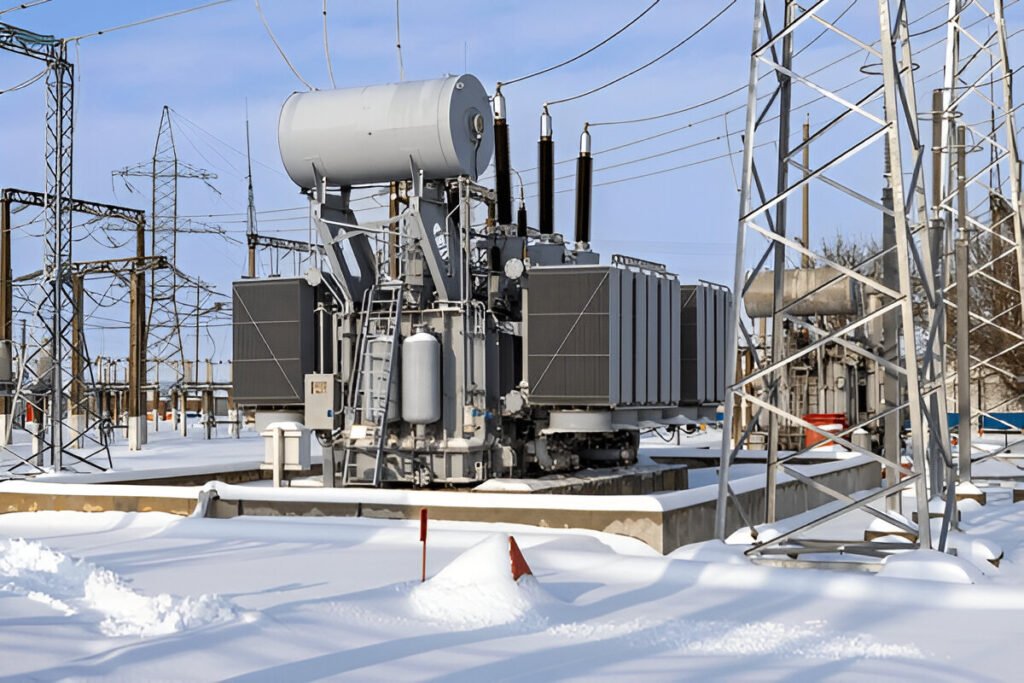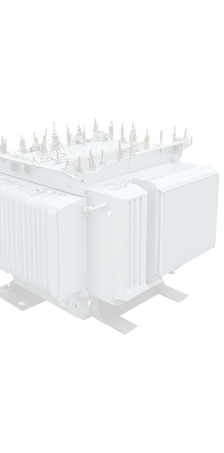A Smarter Future for All Kinds of Transformers
The energy industry is undergoing a major digital transformation—and transformers are no exception. Once considered static assets that simply stepped voltage up or down, transformers today are becoming dynamic, intelligent devices thanks to advancements in Artificial Intelligence (AI) and the Internet of Things (IoT). These technologies are revolutionizing how we monitor, manage, and maintain all kinds of transformers, from small distribution units to massive industrial-grade systems.
In this blog, we’ll explore how AI and IoT are changing the landscape of transformer monitoring, what benefits they offer, and why staying ahead of this trend is essential—especially if you’re operating or planning to purchase used transformers.
What Do We Mean by “Kinds of Transformers”?
Transformers come in many types based on their application, construction, and function. These include:
- Power Transformers – used in transmission networks
- Distribution Transformers – used for local load delivery
- Dry-Type Transformers – for indoor and fire-prone environments
- Oil-Immersed Transformers – cooled with insulating oil
- Instrument Transformers – for voltage and current measurement
Each of these kinds of transformers benefits differently from AI and IoT technologies. However, the underlying goal remains the same: optimize performance, increase lifespan, and reduce unexpected failures.
The Role of IoT in Transformer Monitoring
The Internet of Things (IoT) refers to the network of connected sensors and devices that collect and share data in real-time. In transformers, IoT enables:
Real-Time Condition Monitoring
Sensors embedded in transformers monitor parameters like temperature, oil quality, load, humidity, and vibration. This data is transmitted to cloud-based platforms where it can be analyzed instantly.
Remote Access and Control
Operators no longer need to be physically present to check the health of a transformer. Cloud dashboards and mobile apps allow full visibility and control from anywhere in the world.
Integration with Smart Grids
IoT-enabled transformers in power systems are capable of dynamic response to grid conditions, load demands, and renewable energy sources.
The Role of AI in Transformer Analytics
While IoT gathers data, AI interprets it. Artificial Intelligence uses algorithms and machine learning to identify patterns, anomalies, and predict outcomes. Here’s how AI transforms monitoring:
Predictive Maintenance
AI models learn from historical data to forecast failures before they happen—allowing transformer maintenance services to be planned proactively instead of reactively.
Anomaly Detection
AI can detect subtle changes in performance that human monitoring might miss. This leads to early diagnosis of issues like insulation breakdown, overloading, or internal arcing.
Performance Optimization
AI can suggest real-time operational adjustments to reduce energy loss and extend the life of all kinds of transformers, including older or second hand transformers.
Benefits of AI + IoT for All Kinds of Transformers
1. Improved Safety
Real-time alerts reduce the risk of catastrophic failure by enabling faster shutdowns and repairs.
2. Extended Lifespan
By maintaining ideal operating conditions, smart monitoring reduces wear and tear on vital components.
3. Reduced Downtime
Predictive diagnostics ensure that maintenance happens at the right time, avoiding unplanned outages.
4. Energy Efficiency
AI-driven optimization lowers losses, especially in power transformers running at variable loads.
5. Lower Total Cost of Ownership
Fewer failures and smarter maintenance routines result in major cost savings over the lifespan of your transformer.
Can These Technologies Be Used on Used or Older Transformers?
Absolutely. Many IoT solutions and AI platforms are designed to be retrofitted into existing infrastructure. That means even used transformers for sale near me can become part of a smart monitoring system.
Retrofit kits may include:
- Wireless sensors for temperature, oil level, and gas detection
- Communication modules (e.g., Wi-Fi, LTE, LoRaWAN)
- Cloud-based monitoring dashboards
- AI-integrated software for failure prediction and optimization
This allows businesses to modernize without replacing their entire transformer fleet—especially valuable when working with surplus transformers.
Real-World Applications
Industrial Plants
Monitoring high-capacity transformers in factories ensures that production lines aren’t disrupted by surprise breakdowns.
Utilities and Substations
Citywide distribution networks rely on remote monitoring to manage dozens or hundreds of transformers efficiently.
Commercial Buildings
Even smaller kinds of transformers, such as dry-type or pole-mounted units, benefit from monitoring to avoid fire hazards or service interruptions.
The Future: AI + IoT + Edge Computing
The next evolution is already here—combining AI and IoT with edge computing, where data is processed directly at the device level. This reduces latency and allows for immediate action in case of anomalies or faults.
Expect future smart transformers to include:
- Self-healing functions
- AI-based load balancing
- Blockchain for secure energy data
- Auto-dispatching of transformer services
Final Thoughts
AI and IoT are revolutionizing transformer monitoring—making it smarter, faster, and far more efficient. These advancements are no longer optional; they’re becoming standard for managing all kinds of transformers, whether brand new or used transformers.
At JJ Transformers, we help businesses upgrade their monitoring systems, retrofit legacy units, and integrate smart technologies into their energy infrastructure.
Looking to modernize your transformer systems?
Explore our Used Transformers or book a Transformer Maintenance Service consultation today.



